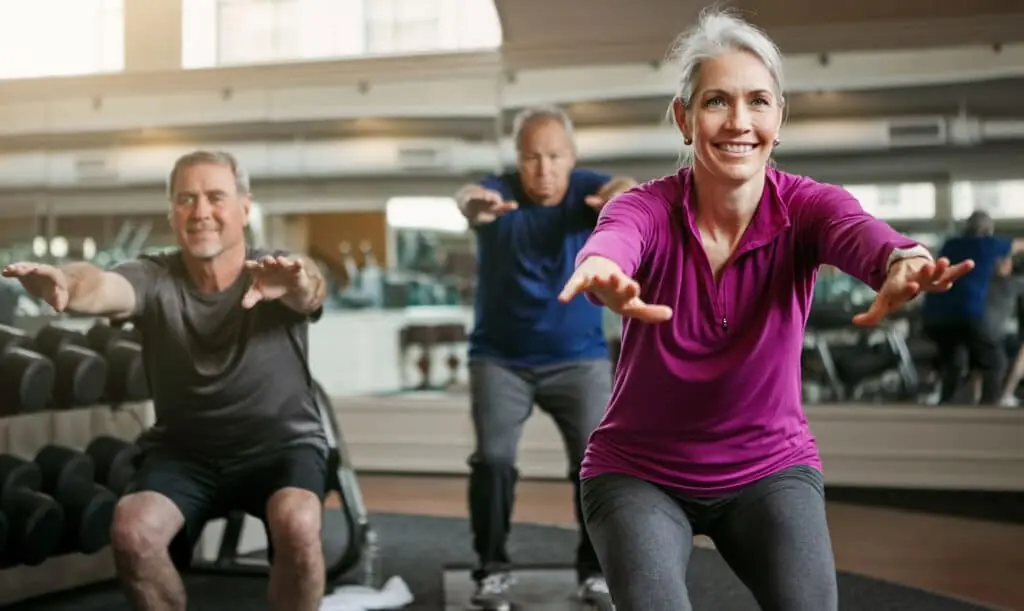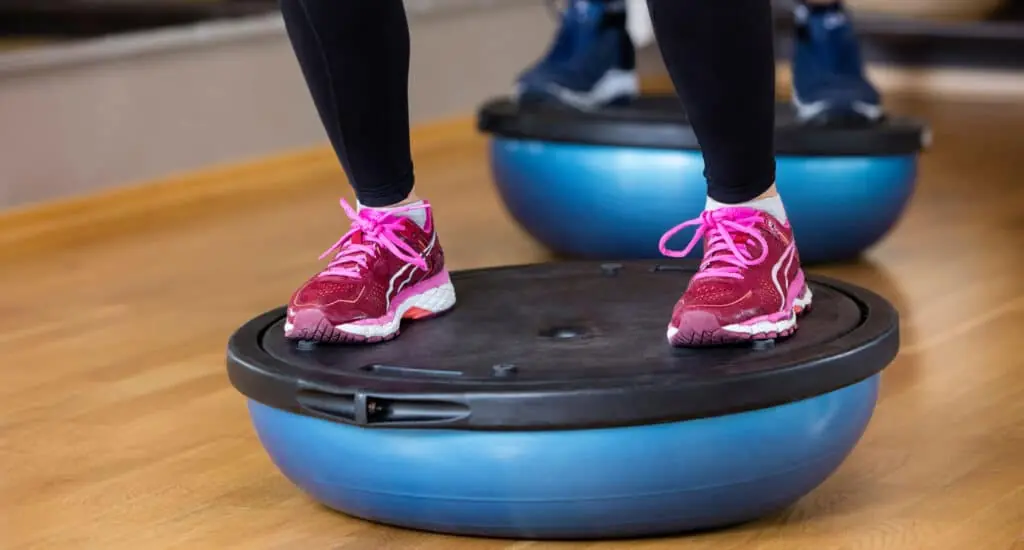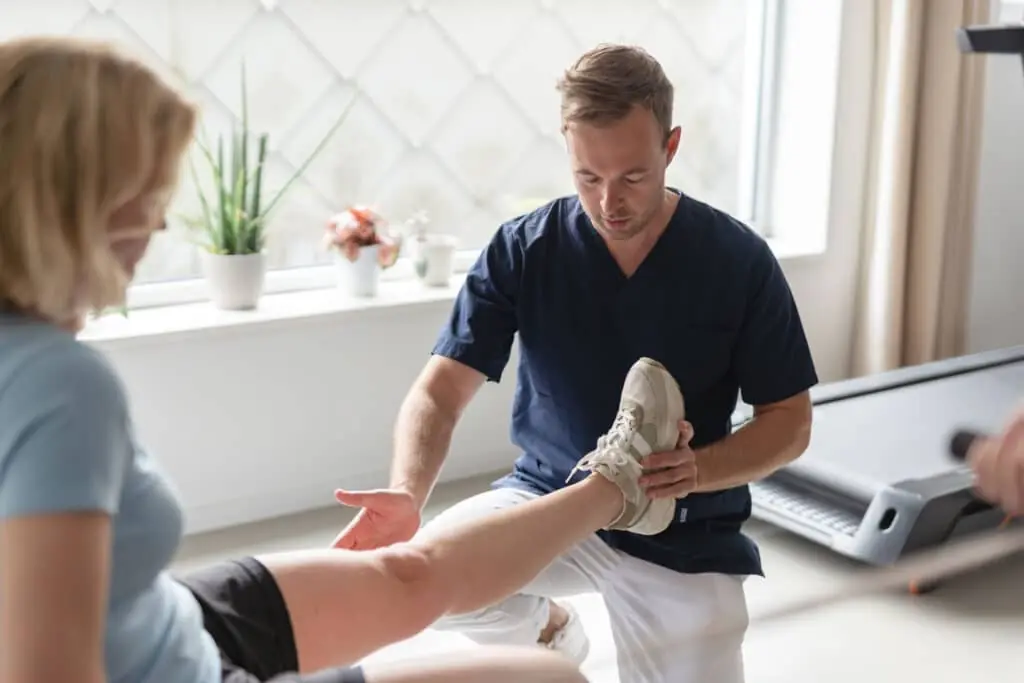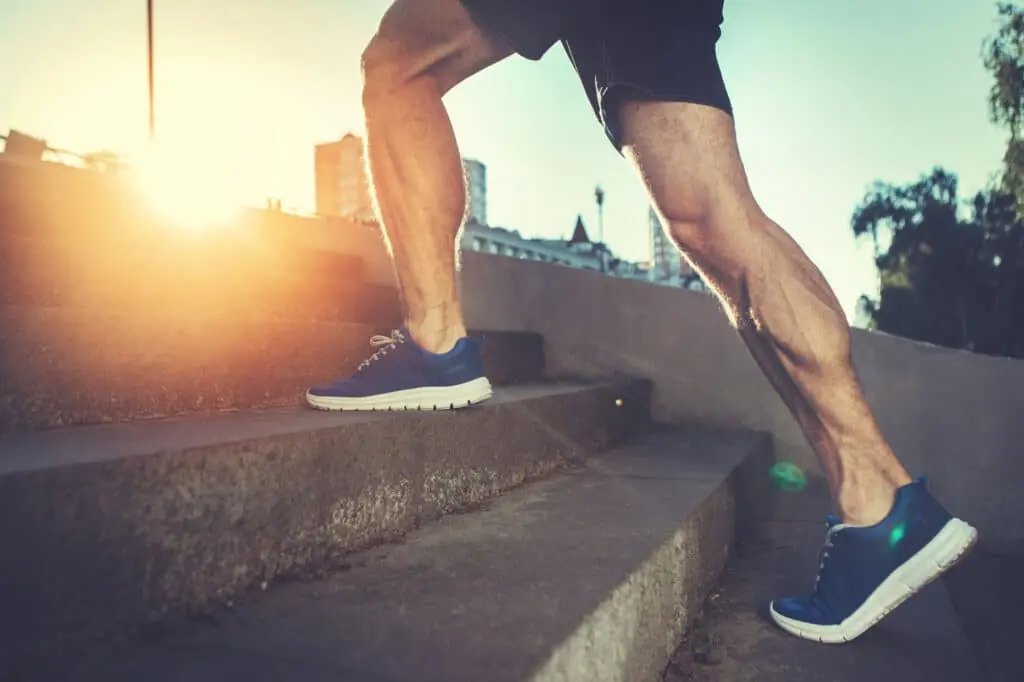Leg strength is one of the most important predictors of long-term health and independence. The strength of your lower body plays a central role in everything from walking and balance to metabolic function and injury recovery.
A decline in leg strength is one of the earliest indicators of aging-related physical decline. Weak legs don’t directly cause death, but they often signal underlying risks. Reduced lower body strength has been repeatedly linked to worse functional outcomes in older adults. Stronger legs will not only help you move big weights in the gym, but they’ll keep you mobile and independent for as long as possible.
The Science Behind Leg Strength and Longevity

Research consistently shows that leg strength is a strong predictor of mortality, disability, and recovery outcomes.
- In a study of older adults, those with lower quadriceps strength had a 51–65% higher risk of earlier death, even after adjusting for age, race, body size, physical activity, and inflammation.
- Older adults who take longer than 15 seconds to stand from a chair five times are nearly 3 times more likely to die earlier and 84% more likely to be hospitalized than those who complete the task faster.
- Individuals with strong legs recover faster from surgery, illness, and injury and are less likely to become institutionalized or require long-term care.
What Leg Strength Really Represents

Your lower body strength is a measure of more than just force output. It’s also reflective of the following items:
- Muscle Mass – Strong legs are associated with greater lean muscle mass, which helps prevent sarcopenia.
- Functional Mobility – Leg strength is essential for key movements like walking, standing, stair climbing, and getting up from the floor—all vital for maintaining independence.
- Neuromuscular Control – Lower body strength reflects coordination, balance, and the ability to recruit major muscle groups efficiently, especially under load or fatigue.
- Fall Risk and Frailty – Weak legs are a core component of frailty and are closely tied to increased fall risk, injury, and long-term disability in older adults.
- Metabolic Function – The large muscle groups in the legs play a major role in glucose uptake and insulin sensitivity, impacting overall metabolic health and disease risk.
How to Test Leg Strength
Leg strength can be evaluated with simple functional tests that reflect how well you move.
- Strength Standards – Being able to squat, deadlift, or perform lunges with control and resistance is a good benchmark. Your physical therapist can help find your one-rep max (or estimated based on higher repetitions) in the clinic. Additionally, they can provide you with standards that people your age should be able to complete.
- Chair Rise Time – For older populations, the time it takes to stand up and sit down five times is a good measure of lower body strength and function.
How to Improve Leg Strength

The best way to improve lower body strength is through consistent resistance training. Whether using weights, bands, or machines, the goal is to progressively challenge the major muscle groups of the lower body.
- Squats – Build strength and mobility through the hips, knees, and ankles.
- Deadlifts – Strengthen the glutes, hamstrings, and lower back while improving hip hinge mechanics.
- Lunges & Step-Ups – Great for building single-leg strength, balance, and stability.
- Sled Pushes & Carries – Improve lower body strength and coordination.
- Machine lifts – Machines may reduce the demands of stabilization and balance, but are still an excellent choice to improve strength.
The Role of Physical Therapy in Leg Strength Development

Physical therapists are movement experts and can help you strengthen your legs safely and effectively, especially if you’re recovering from injury, managing pain, or dealing with mobility limitations. Here’s how a PT can help:
- Identify Limitations – PTs assess for weakness, balance issues, and compensatory movement patterns.
- Build a Custom Plan – Exercise programs are tailored to your current level, goals, and physical limitations.
- Prevent Falls – PTs combine strength, balance, and neuromuscular training to reduce fall risk.
- Modify for Pain or Injury – If joint issues or past injuries limit your ability to train, a PT can provide alternative exercises that still build strength.
Key Takeaways
Leg strength is a critical marker of long-term health, mobility, and independence. As we age, maintaining lower body strength becomes one of the most important factors in preserving function and promoting independence.
- Low leg strength is strongly associated with frailty, disability, and early death.
- Strong legs support balance, walking, recovery, and independence.
- Resistance training is the most effective way to build and maintain lower body strength.
- Physical therapy can help you strengthen safely and address any barriers along the way.
If you’re experiencing weakness, pain, or want to improve your leg strength, tap below to schedule a session with a physical therapist and take the next step toward improved longevity.


